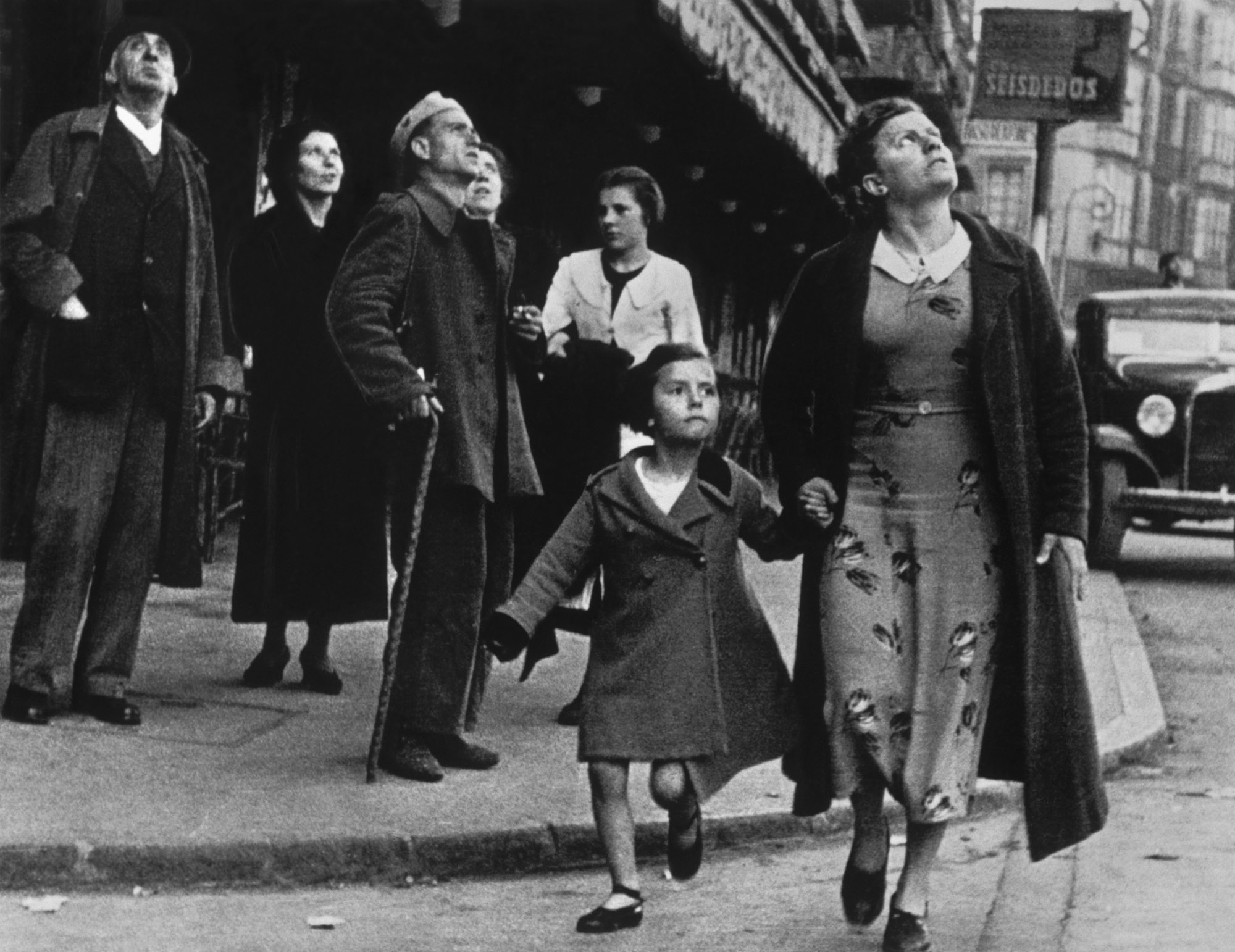This past week, the Basque town of Guernica recounted the sorrow and devastation inflicted 80 years ago. On that fateful late afternoon of April 26th 1937, German and Italian aircrafts, at the urging of their ally, General Franco and his right-wing Nationalists, unleashed their bombs on unsuspecting civilians.
Just nine months before, Franco had led a coup against Spain’s Republican government dragging the country into a civil war. The Nationalists eventually triumphed and Franco ruled Spain for the next 36 years.
For a long time, the word Guernica stirred powerful emotions among Spaniards and Europeans who witnessed the destruction wreaked by Fascism. It was a crime against humanity that shocked the world, and was later immortalized by Picasso’s famous expressionist mural. However, the 80th anniversary has received rather scant attention in the US. In my classes last week, I tried to explain to my students why Guernica should remain historically relevant to citizenry across the globe.
Nobel laureate Elias Canetti’s memoir, The Play of The Eyes, is an excellent starting point for the task at hand. In a brief section titled “The Spanish Civil War”, Canetti vividly describes his conversations about this traumatizing national conflict with his friend and fellow writer Avraham Sonne at a cafe in Vienna. Sonne regularly updated Canetti on the development of the hostilities as he tracked every move of Western nations and their timid, suicidal policy of non-interference. “Sonne groaned to see the democratic powers reducing themselves to impotence with their nonintervention policy,” writes Canetti, “and knowingly letting the Fascists pull the wool over their eyes.” Sonne knew well that “this weakness had its source in a dread of war, which he shared with them, but it also revealed ignorance of the enemy and terrifying shortsightedness.”
One day, at the café, Sonne had his arm over a newspaper whose front page showed pictures of buildings in rubble with the harrowing headline: Guernica destroyed by German bombers. Sonne was pale, helpless and received his friend in total silence. “He had turned into stone,” writes Canetti. Then, he uttered only one phrase, which Canetti found meaningless at the moment: “I tremble for the cities.” Three years later, Canetti, now a refugee himself in London, having fled Nazi annexed Austria and experiencing first-hand the German Luftwaffe’s carpet bombing of the British capital, he fully understood Sonne’s prophetic words in that Viennese cafe.

Spain had been a testing ground for the Nazis. The German Condor Legion pilots that leveled the Basque town applied methods of terror (bombing against civil populations) –not just in Guernica, also in Bilbao and several other operations, including the battle for Madrid– later used in World War II.
While Sonne (an Ashkenazi Jew from Austrian Galicia), and Canetti (a Sephardic Jew originally from Bulgaria) where concerned witnesses and acute observers, they had been passively awaiting all this death and destruction to reach them. In contrast, many communist and socialist Jews from Europe and the US had proactively joined the International Brigades to fight in Spain on the side of the Republicans and making the slogan of the siege of Madrid – “No pasarán!” (They shall not pass!) – their own. These individuals, who made up 10% of the approximately 33,000 foreign volunteers, were among the few who had clearly sensed that the fate of the Spanish Republic was tragically intertwined to that of European Jews, and of Europe as a whole. The flag of the Naftali Botwin Company, a mostly Jewish unit of the International Brigades in Spain, captured that vision as it bore the following message in Yiddish and Spanish: “Por vuestra libertad y por la nuestra” (For your freedom and ours).

The nations that would later unite against Hitler remained neutral in the Spanish Civil War. The Republican army, despite the support received by the volunteers that rushed into the country to battle its enemies, was substantially weaker to the military might of the Francoists, whom were critically strengthened as a result of their Axis alliances. Hitler had not only been putting into practice and testing out the efficacy of terror inducing bombing strategies in Spain, he had also been testing the reactions of the Western hemisphere’s liberal democracies. And, as Canetti put it, “his enemies dread of war confirmed him in his warlike plans.”
Less than two years after the Guernica bombing, in late March 1939, the Nationalist army captured Madrid, where General Franco issued his famous last official proclamation of the war: “With the Red Army captive and disarmed, our victorious [Nationalist] troops have achieved their final military objectives. The war is over.” While the history of the Spanish Republic would end here, the ordeals of Europe were only beginning.
Guernica has gone down in history as a symbol of catastrophic civilian suffering in the wake of armed conflict. It should also stand as a reminder and a warning of the consequences of inaction.
Alejandro Baer is the Stephen C. Feinstein Chair and Director of the Center for Holocaust and Genocide Studies.

Comments 1
Micheal — May 3, 2017
Thanks for sharing the memories of 80's. It make sense to all of them.